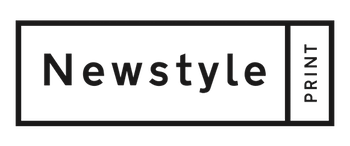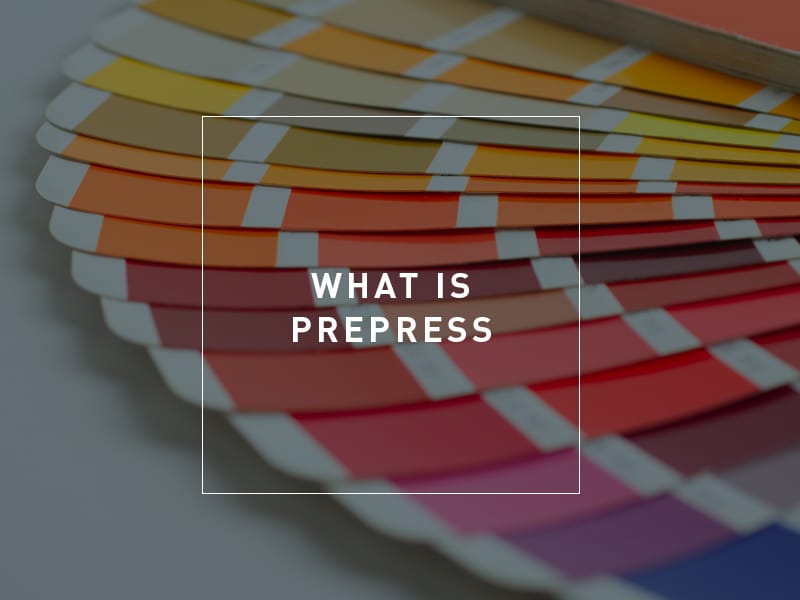Getting a great print means paying attention to every aspect of the process, most notably the prepress process. Although your professional printing partner will take care of the technical aspects of translating your idea, you need to ensure that your idea is properly communicated in the first place. This is what prepress is all about.
What is Prepress?
Prepress can be defined as everything you do to prepare your artwork for production. The prepress process includes sizing your artwork correctly depending on bleed, setting your colors to print standard, choosing the proper font for the artwork and paper type you want, and many other checkpoints that will help to ensure the integrity of your prints.
The more effective your prepress process, the less likely you are to waste money during production. Here are the most relevant aspects of prepress – the things you should look for before sending your proofs into production.
What should you look for before you send your artwork files?
The first and most obvious prepress action to take is proofreading your design. Misspellings in your text can wreak havoc on a business, especially if addresses or websites cannot be properly matched. Your production partner should have you sign off on a proof before printing to ensure that your text is perfect. Check the typeface as well, and make sure that the printer has a matching typeface in its library.
You need to properly size your artwork after proofreading for text errors. The design brief should indicate the final size that you are looking for. Sizing should be very particular – do not use the A4 standard unless you are looking for artwork that is exactly A4.
Part of signing off on artwork is ensuring you have the right bleed. If you are looking for a white border around your artwork, then you can employ no bleed printing. However, if you have aspects of the artwork that are reaching to the edge of your print, then you will need to engage full bleed printing. This requires a small resizing of your artwork, and your production partner should understand the difference between the two processes.
You will need to check the color of the artwork so that it will translate properly into the appropriate media. CMYK is the standard that will give you the best results.
If your artwork has transparency, make sure that your prepress print program gives you different strips or layers to preserve this transparency. Native PSD files automatically apply this strategy; this is why Photoshop is so often used as a standard program within the industry.
Finally, use a preflight program with a prepress artwork files design printer if at all possible. A preflight program ensures that your artwork is in line with modern printing standards. There is nothing worse than believing you have a perfect proof and finding out that a built-in standard is changing the look of your final product outside of your computer screen.
Have you ever gone to print with a mistake? How has your prepress process changed since then? Let us know in the comments, below.

